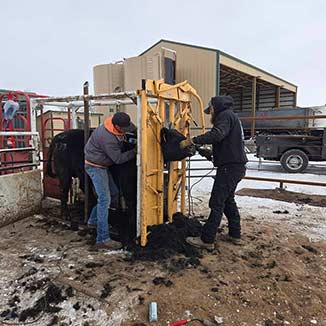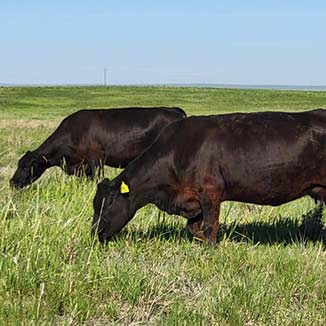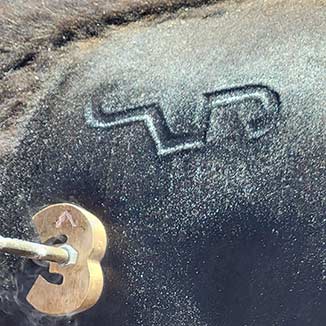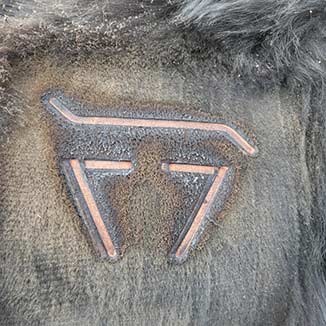2025 DUNN RANCHES BULL SALE
APRIL 22, 2025 EATON, COLORADO
Contact Buster Dunn at (970) 692-6731 for a catalog
Sale Information
Four Generations of Genetics
Selecting for Quality Beef, Maternal Efficiency & Longevity
For more than 50 years our herd ran on over thirty sections of land in central Arizona, year-round. Unlike most herds, we sometimes might have only seen a cow three or four times a year; when they were rotated from one pasture to the next a couple of times per year, when we weaned their calves, and when we A.I.'d them. They used to run in big 4 to 12 section pastures in country so rough that most of it has no roads in or out. All of our cow work had to be done horseback.
Fast forward to 2020-
With increasing drought conditions in Arizona, we made the decision to split the herd. Part of the herd moved to Northern Colorado, and the other part moved to East Texas. These tough-as-nails cows didn't quite know what to do with all that green grass, but they sure figured it out fast. They made a beautiful transition and haven't looked back.
Every summer we bring all our cows and replacement heifers in to A.I. them all at once. We breed them all in one or two days then they are turned out with the herd bulls,. They have 60 days to breed back. If not, they are gone. They breed or go to town.
They calve from mid-February to mid-April.

Our goal at Dunn Ranches hasn't changed over the years which is to provide the most useful bulls in the industry. The tools we use now are a little more refined; enhanced EPDs using DNA and some of the old tools that still are relevant to the commercial cattleman such as ease of calving, moderate sized cows and high fertility. From day one, back in the 60s, we consistently selected for low birthweight calves. We don't have issues with calving even in our first calf heifers. They do it all themselves. The year 2020 year has been the first time we've ever had the chance to weigh our newborn calves-indeed even to see the cows when they calve. That year, the calves were averaging 64 lbs. when born.
You will see, if you look at our cattle's EPDs, that we have been selecting for high marbling cattle. We have many of cattle that qualify for the Certified Angus Beef program requirements. This is another area that our ultimate customers (Restaurants and Families) are demanding; a delicious experience every time they spend their hard-earned money on a steak. It pays more every year when you sell your calves, when buyers know the cattle they buy have the genetics to provide them a premium because of how those cattle grade. Lately, many of you have turned to direct marketing your calves as beef. This is where high marbling really pays off; even in grass-fed programs. High marbling animals are higher no matter how they are managed.
Remember, Dunn Ranches (Northern Colorado Herd)/Misita Cattle Co. Cattle (East Texas herd) have the best guarantee in the business: 100%. Not for the first 90 days or the first season - if you are unhappy with any purchase, ever, bring 'em back and we will either refund your money or give you credit on your next purchase.































